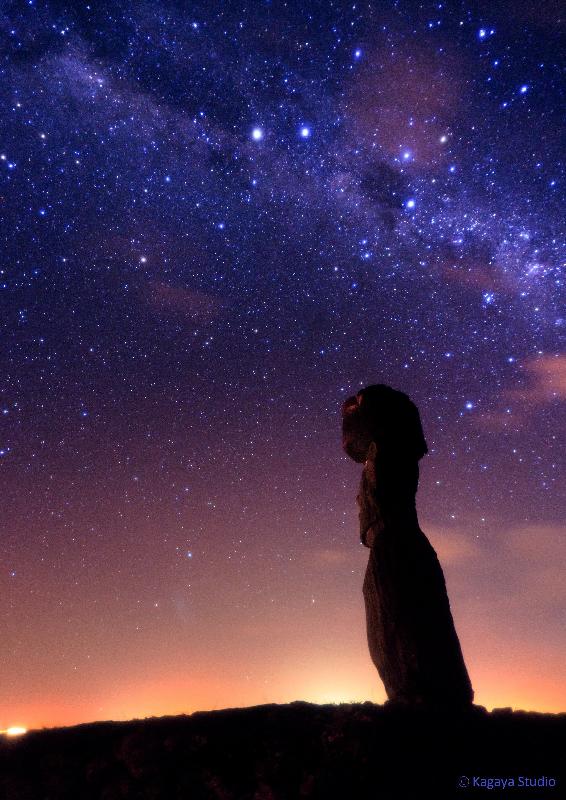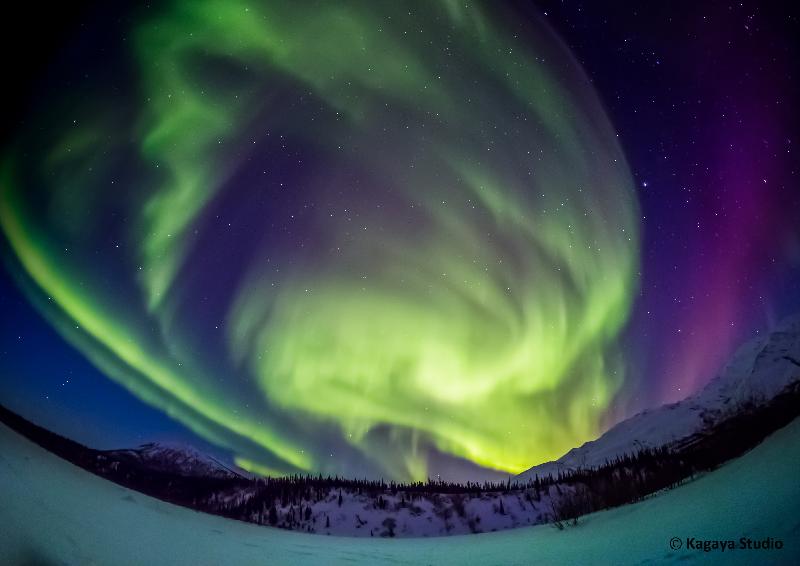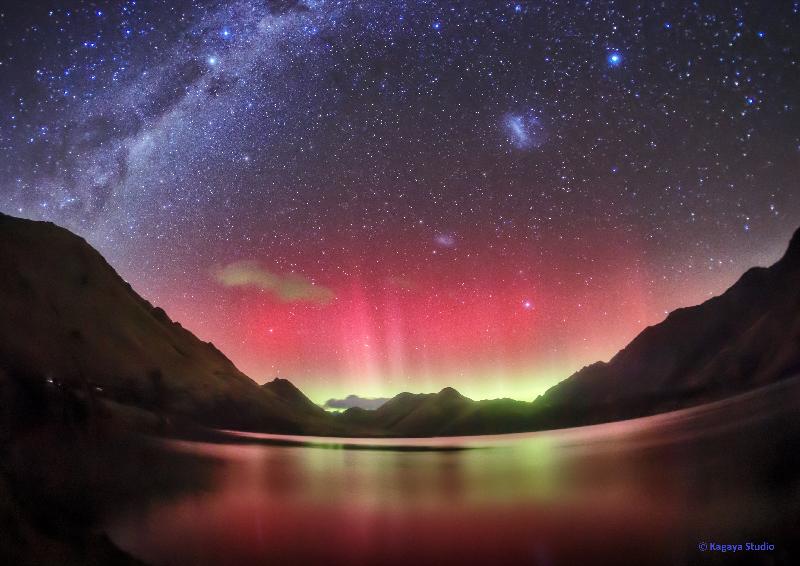Space Museum launches new sky show "Sky Tour: Window on the Universe" (with photos)
***********************************************************************************
The journey starts in the far north aurora-lit skies of Iceland. The audience will travel across stunning landscapes, oceans and continents to discover different views of the spectacular night sky. This includes the time-lapse footage of the Southern Cross and Milky Way moving slowly across the sky. Viewers will visit the Salar de Uyuni, a salt flat known as "Sky Mirror", where the universe is reflected within a giant natural mirror and, with simulations, traverse the globe to understand why the views of star-lit skies change with latitudes. Audience members will ultimately leave the planet to travel through space to comprehend the true nature of our galaxy.
The 35-minute show will be screened until April 30 next year at the museum's Stanley Ho Space Theatre. It will be screened daily at 3.50pm and 7.20pm. An additional show at 12.20pm will be available on Saturdays, Sundays and public holidays.
Tickets priced at $24 (front stalls) and $32 (stalls) are available at the Hong Kong Space Museum Box Office and URBTIX (www.urbtix.hk). The museum is closed on Tuesdays (except public holidays).
For further information, please call 2721 0226 or visit hk.space.museum.
Ends/Thursday, October 31, 2019
Issued at HKT 15:16
Issued at HKT 15:16
NNNN








